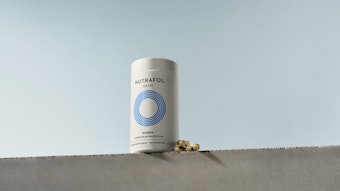A study1 published in Experimental Dermatology examined hydrophilic and lipophilic moisturizers, finding that they have similar penetration profiles but different effects on stratum corneum (SC) water distribution in vivo. According to the abstract, dry skin is often treated with hydrophilic and/or lipophilic moisturizers. Hydrophilic moisturizers must penetrate the stratum corneum (SC) deeply to function properly, whereas lipophilic moisturizers should remain in the upper SC layers.
In this study, both types of moisturizers were applied on volunteers for 3 hr, after which the relative amount of moisturizer and the water distribution in the SC were determined using attenuated total reflectance-Fourier transform infrared (ATR-FTIR) spectroscopy in combination with tape stripping. The results showed that while hydrophilic moisturizers penetrate much more readily than lipophilic moisturizers, the latter are abundantly present in the upper regions of the SC.
It was also observed that a 3-hr treatment with lipophilic moisturizer did not result in increased water levels in the SC, whereas hydrophilic moisturizers retained water where they are located. The results suggest that upon prolonged application, adequate amounts of moisturizer can be obtained in those regions where they may cause moisturization in the central part of the SC. However, a single application of 3 hr is probably too short to exert increased hydration as measured with ATR-FTIR.
More in Skin Care
References
1. Hydrophilic and lipophilic moisturizers have similar penetration profiles but different effects on SC water distribution in vivo, Experimental Dermatology, 18(11) 954-961 (2009)










